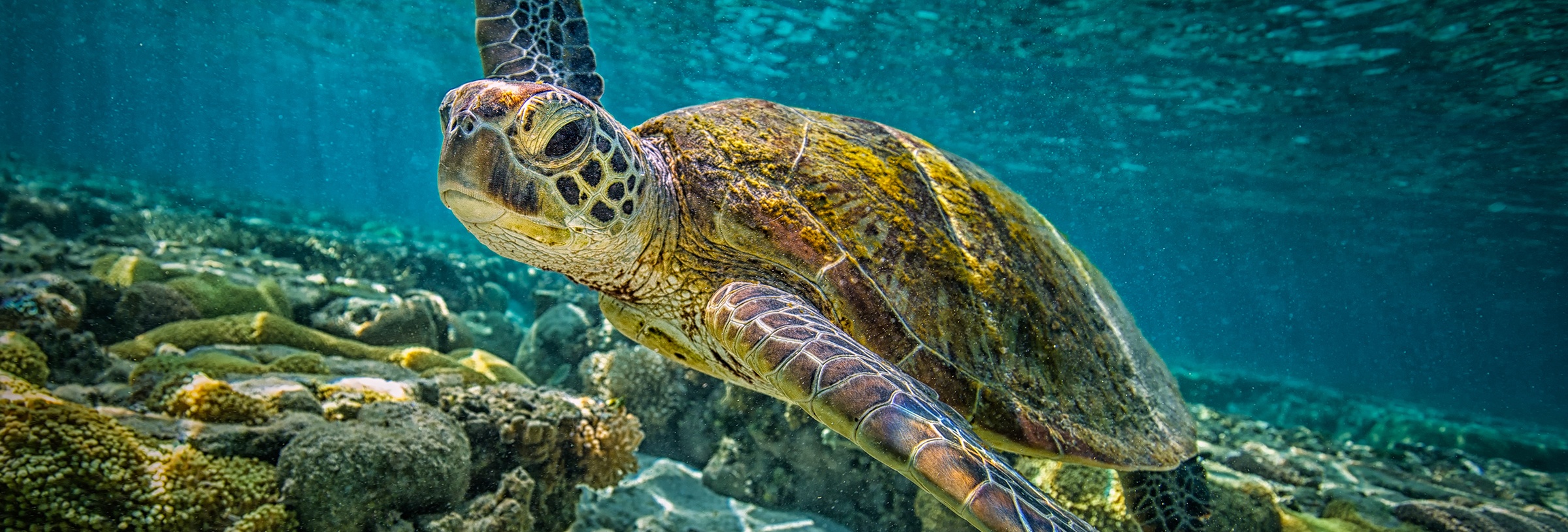On April 28, 2016, the U.S. Fish and Wildlife Service (USFWS) issued a revised Biological Opinion and Incidental Take Permit for the Rosemont Copper Mine in Pima County, Arizona. USFWS originally issued a Biological Opinion and Incidental Take Permit for the mine project in 2013. Consultation with USFWS was reinitiated in 2015 primarily due to the listing of additional species not considered during the initial consultation.
The Rosemont Copper Mine is proposed on approximately 955 acres of private land and 75 acres of Arizona State Land Department land, on the east side of the Santa Rita Mountains and approximately 30 miles south of Tucson, Arizona. The mine will impact several species that are listed as threatened and endangered under the Endangered Species Act (ESA). Most notably, however, the mine threatens the remaining wild jaguar (Panthera onca) in the United States, and will impact designated critical habitat for jaguars in the vicinity of Sonorita, Arizona and the Huachuca Mountains.
Relying on its recently adopted critical habitat definition, USFWS concluded that the mine would not destroy or adversely modify designated critical habitat for the jaguar because, while the project would narrow the width of critical habitat by about half in one location, it would not entirely preclude movement of the species throughout designated critical habitat in the United States or impede habitat connectivity with Mexico. Jaguars historically ranged from southern United States to central Argentina: Argentina, Belize, Bolivia, Brazil, Colombia, Costa Rica, Ecuador, El Salvador, French Guiana, Guatemala, Guyana, Honduras, Mexico, Nicaragua, Panama, Paraguay, Peru, Suriname, U.S. (Arizona, New Mexico, Texas), Uruguay and Venezuela. Currently, they range from the southwestern United States to northern Argentina, and are found in all countries except for El Salvador and Uruguay.
Analyzing impacts to the species from a global perspective, USFWS also concluded that take of one jaguar in the United States would not jeopardize the species. According to the Biological Opinion, 30,000 jaguars still remain in the wild worldwide.
The validity of the USFWS determination, and its precedential value for future consultations, will likely be tested in an ESA lawsuit.
.
- Partner
Liz Klebaner advises private and public agency clients on a variety of complex land use and environmental matters, including California Environmental Quality Act, National Environmental Policy Act, California Coastal Act ...
Nossaman’s Endangered Species Law & Policy blog focuses on news, events, and policies affecting endangered species issues in California and throughout the United States. Topics include listing and critical habitat decisions, conservation and recovery planning, inter-agency consultation, and related developments in law, policy, and science. We also inform readers about regulatory and legislative developments, as well as key court decisions.
Stay Connected
 RSS Feed
RSS Feed
Categories
- Alternative Energy
- Bald and Golden Eagle Protection Act
- Budget
- CEQA
- CESA
- Climate Change
- Congress
- Conservation
- Construction Projects
- Consultation
- Continuing Education
- Court Decisions
- Critical Habitat
- Delisting
- Endangered Species Act
- Event
- Fish & Wildlife Service
- Freedom of Information Act
- Government Administration
- Legal
- Legislation
- Listing
- Litigation
- Migratory Bird
- National Marine Fisheries Service
- NEPA
- Off Shore Wind
- Pacific Northwest
- project
- Publications
- Regulatory Reform
- Sacramento-San Joaquin Delta
- SEPA
- Speaking Engagements
- Supreme Court
- Texas
- Timberland
- Water Issues

